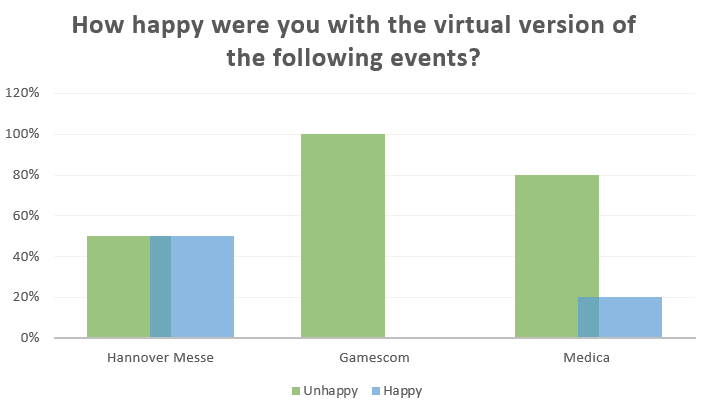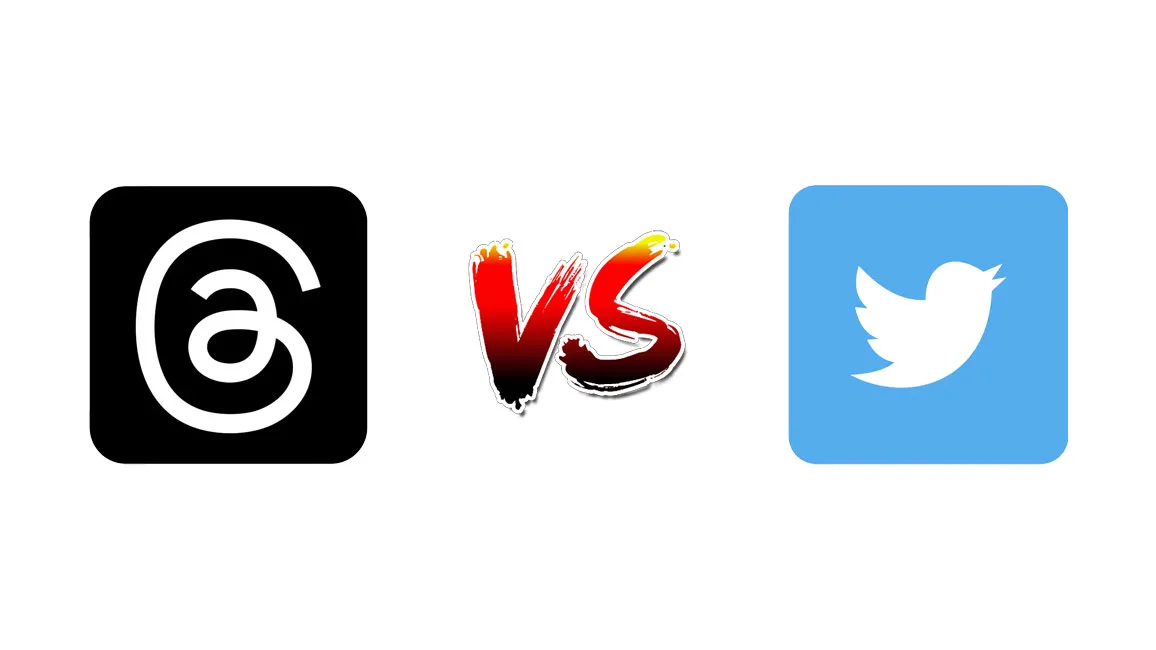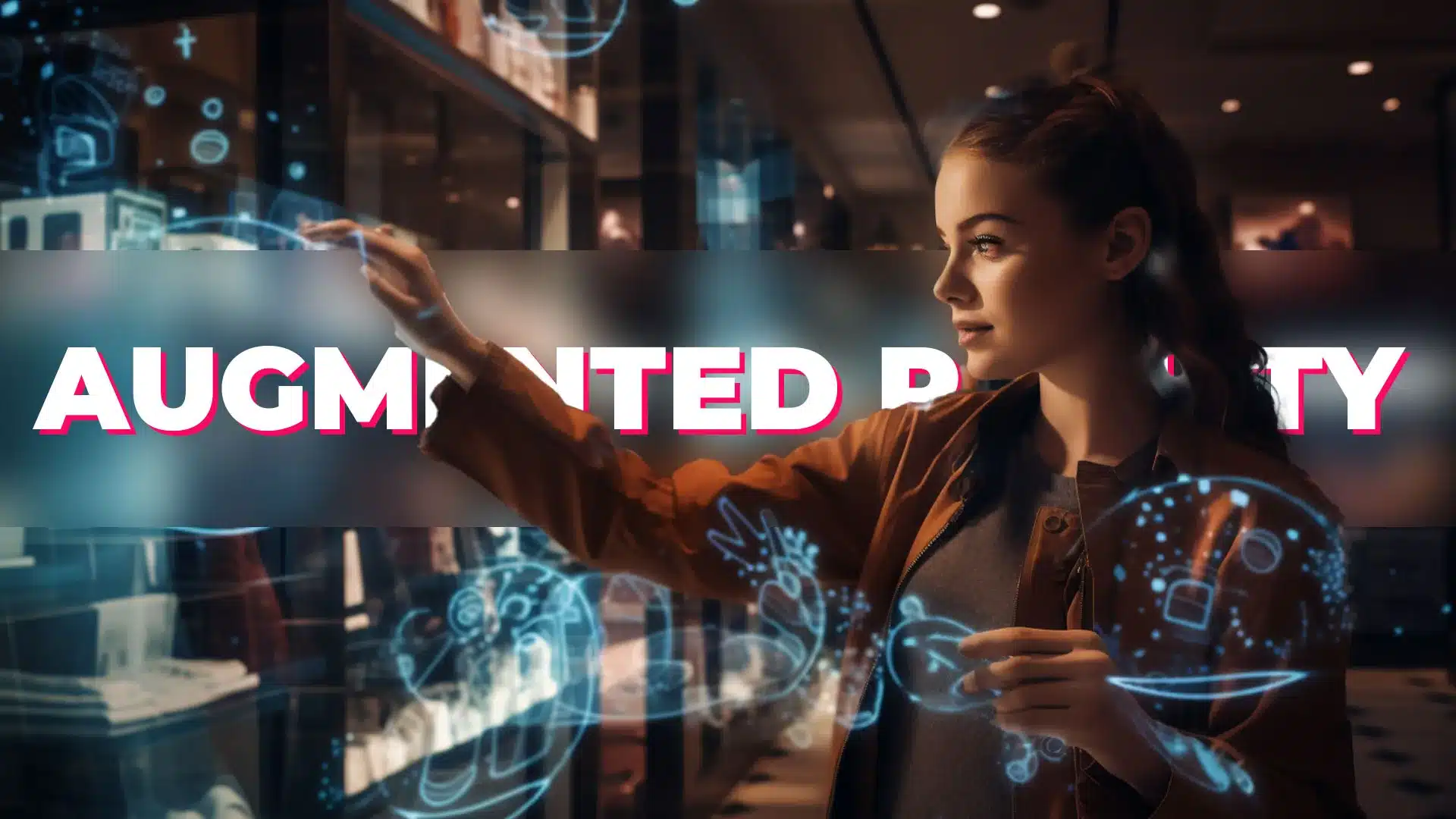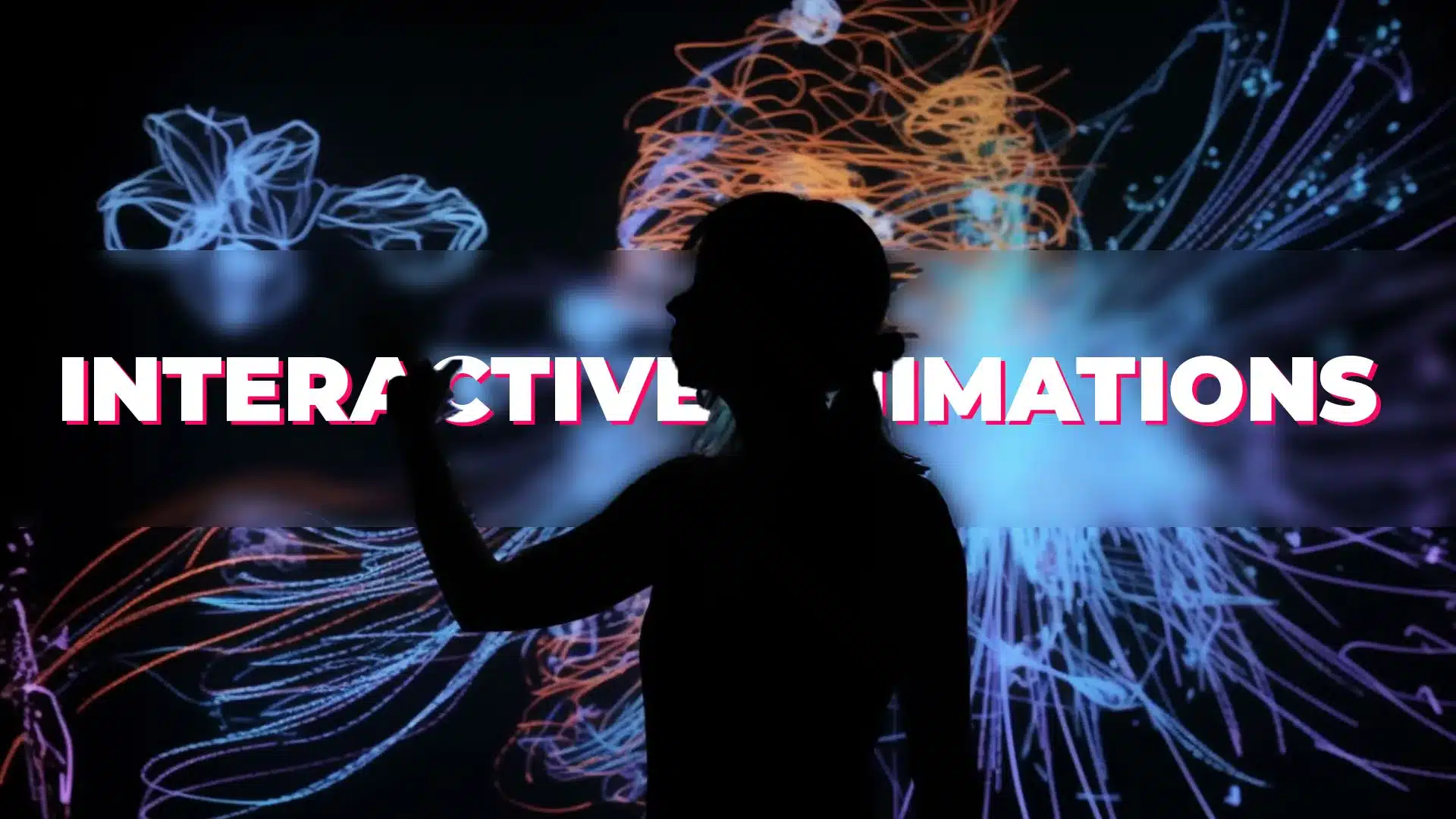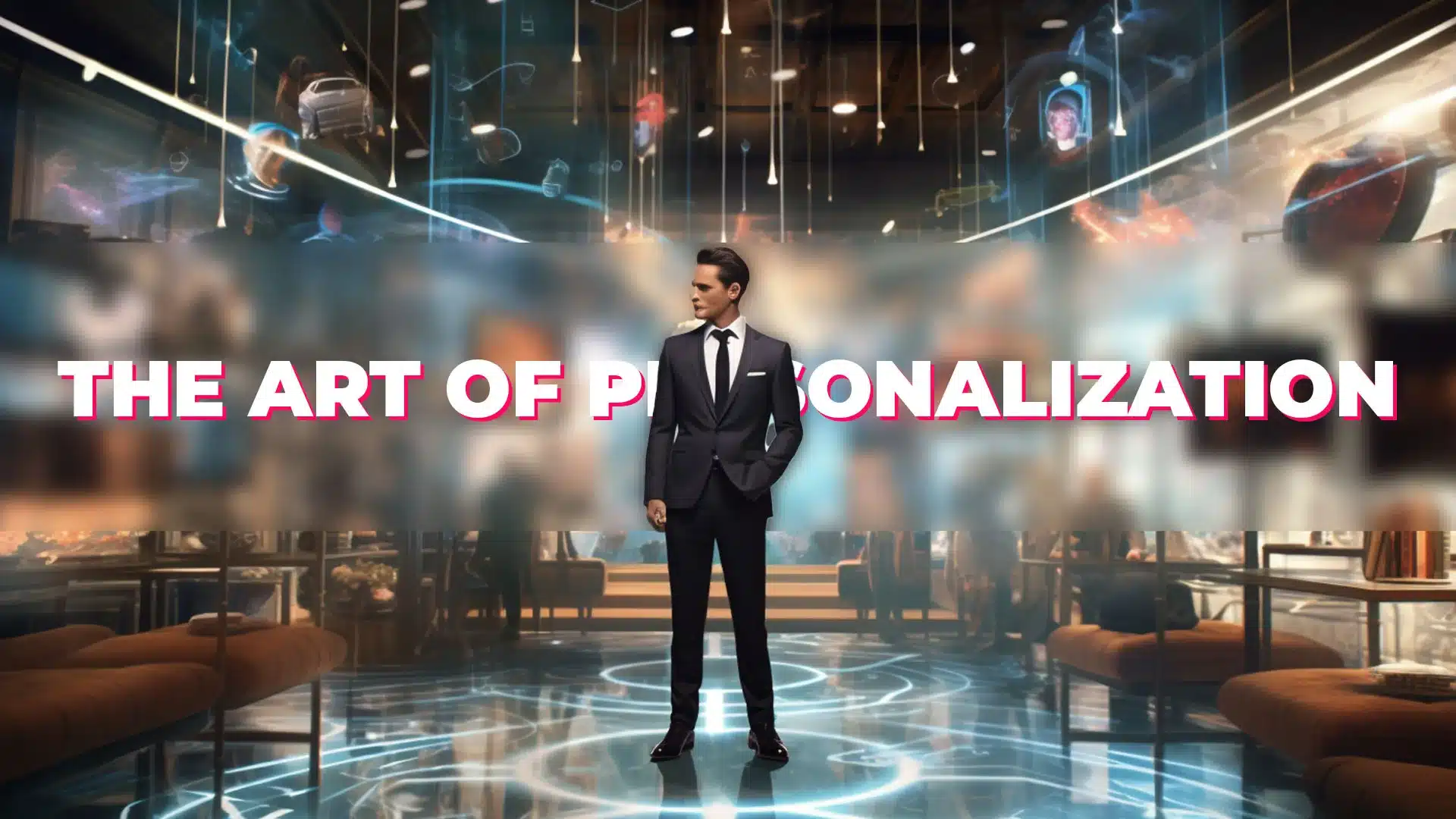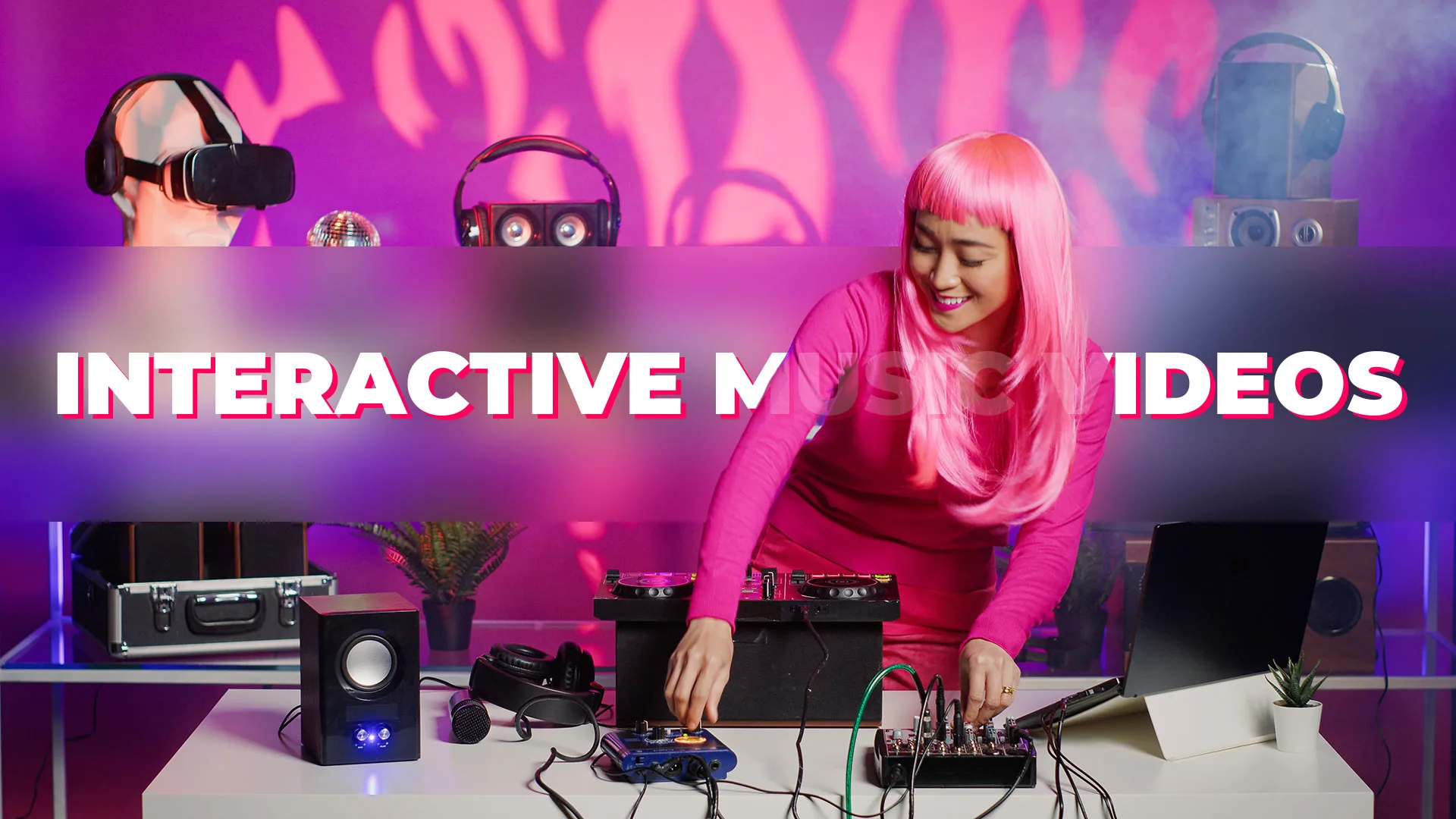Virtual events are a great contingency plan for canceled trade shows and, thanks to them, hundreds of businesses could ensure the continuity of their marketing strategy during uncertain times. They started a revolution that cannot be ignored in the trade show industry and we can expect the major event organizers to propose a digital version of their event even after things go back to normal. However, virtual events aren’t the marketing strategy to end all marketing strategies. They have their limitations, and, as most professionals have witnessed in the past 18 months, they can have their epic fails.
While some digital events have been well received and even got the general public excited about the format (these are usually the high-budget ones that get a lot of press), others have been major flops.
Earlier in January, we conducted a poll during one of our webinars, and, indeed, most participants said that they had had negative experiences with virtual events.
For more statistics on the state of the trade show industry, check out our blog post here.
When they’re not organized according to the highest standards, virtual events can deliver lackluster visitor experiences. But, the good news is that you can overcome all the shortcomings of virtual events by investing in a virtual booth and enjoy the benefits of going digital, without the fails.
So, what are the shortcomings, exactly?
- Events that do not have a high enough marketing budget or a strong reputation fail to attract visitors. For exhibitors, this means few leads and prospects, and a very low return on investment.
- Poor engagement rates caused by the lack of live chat and other interactive features, or by issues with their implementation.
- Low quality booth design for participants, which allowed for little flexibility, creativity, and personalization
- Disappointing user experience, which resulted in many online visitors leaving the event
Many times, the experience of exhibitors during virtual events was so disappointing that they decided to create their own high-end virtual booth, and promote it themselves. This option allows for more freedom, not only in terms of the features you can add to the booth, but also in terms of how you choose to promote it. For example, you can advertise it on your website, on social media, and in newsletters. Here are more examples of how you can advertise a virtual booth.
Although they can sometimes seem minor, the drawbacks of virtual events can affect your reputation. Even if you, as an exhibitor, are not responsible for technical issues that may occur, visitors might still associate your brand with a negative experience and this will affect you in the future.
The solution isn’t to avoid virtual events altogether. Many times, they can help you boost visibility and, sometime in the future, attending virtual events might be a necessity for all brands. But, you can prevent the limitations of virtual events from affecting you by building your own virtual booth and personalizing it according to your branding strategy.
Why waiting for live events to resume isn’t a good idea
When new technologies disrupt the old way of doing things, not everyone is on board from the beginning. Many conservative exhibitors object to virtual booths, and virtual events in general, saying that they prefer live events and will wait for them to resume.
As much as we all miss live events and hope for things to get back to normal, the reality is that nobody knows when live events will resume. And even when the pandemic ends, live events will never be the same like we used to know them 18 months ago. COVID-19 has accelerated digital transformation and the industry can’t revert. Many companies have already announced that they will cut the budget for events and/or send fewer of their staff as visitors around the world (some for legitimate environmental concerns). This will have a major impact on the financial health of those event organizations: the weakest are likely to disappear and some are already in dire straits. Events will become hybrid, i.e. they will also propose a digital version of their live version so that digital visitors can visit virtual booths during or after the live events and so that exhibitors can increase their ROI. This way, not only do they exhibit during the 3-5 days of the live event, but they continue exhibiting after.

